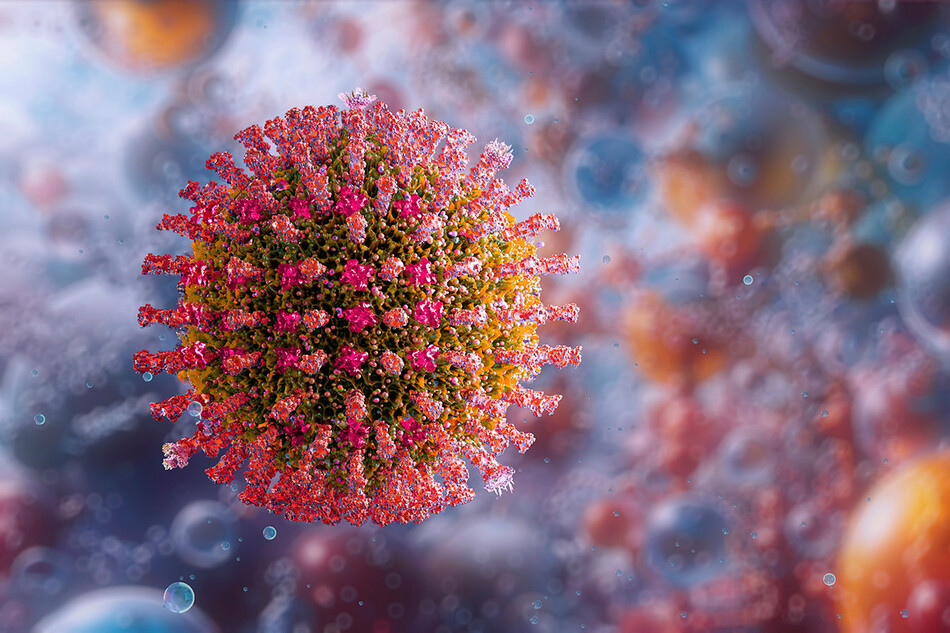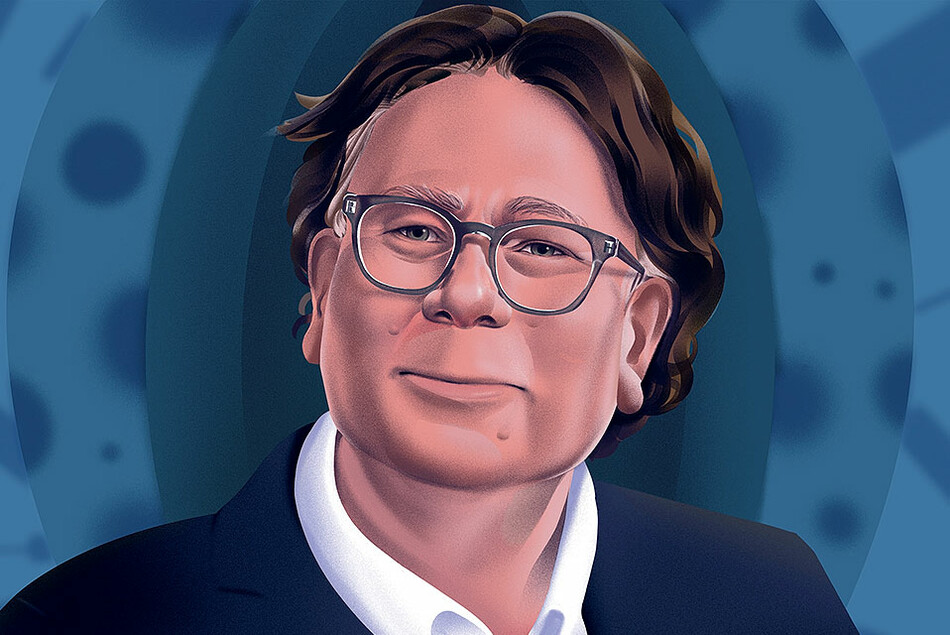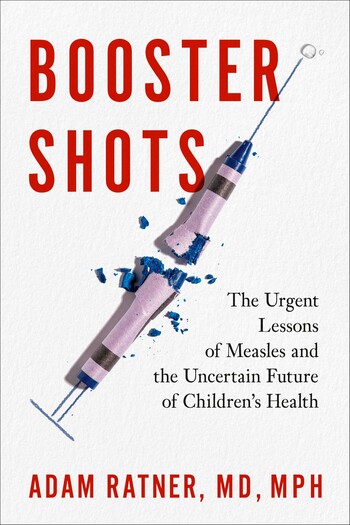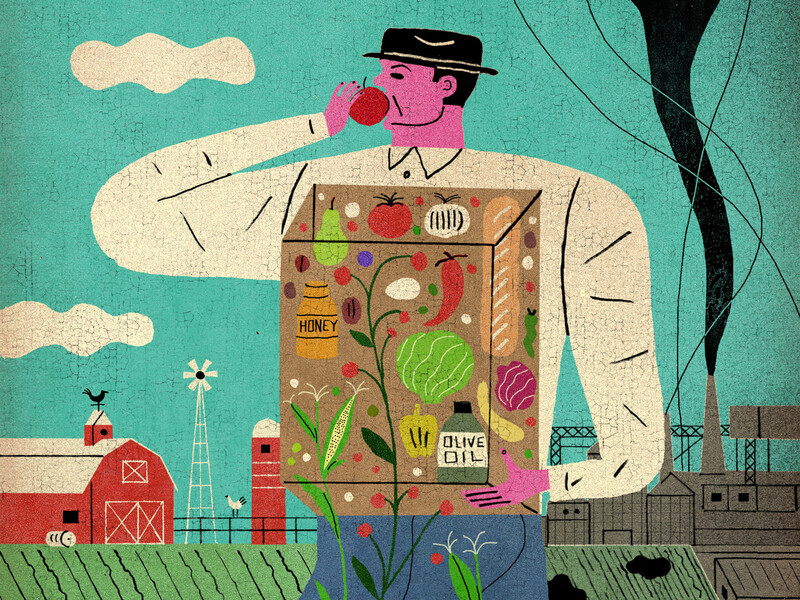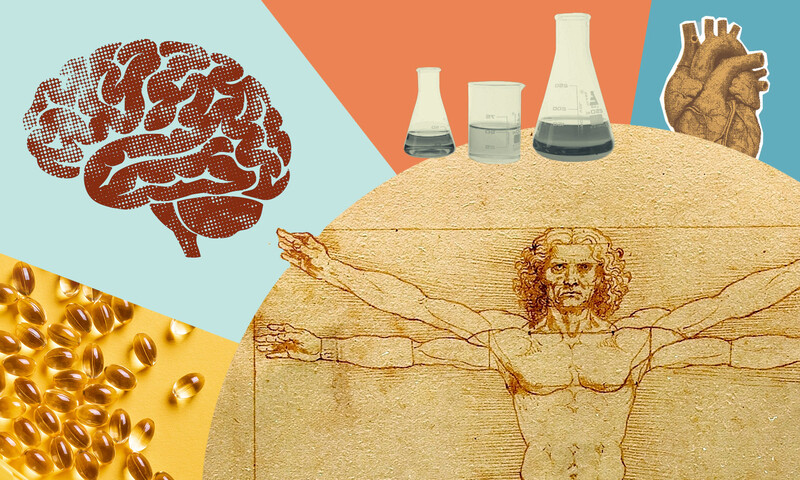In Booster Shots, pediatrician Adam Ratner ’97PH, ’97VPS grapples with the repercussions of the anti-vax movement.
What motivated you to write a book about measles?
When a massive outbreak of measles hit New York City in 2018 and 2019, I was stunned to be dealing with a disease that we’d known how to prevent since the 1960s. Many of us trained in pediatrics had studied measles, but we’d never really seen it, much less treated it. I was alternately infuriated, depressed, and challenged by the whole situation. But also fascinated: I wanted to figure out how a disease that in 2000 had been declared eliminated in the US could have this incredible resurgence.
You use a metric called R0 to demonstrate how wildly contagious measles is. Can you explain?
R0 measures how many susceptible people one person with a disease will infect. With measles, one infected person will infect twelve to fourteen others, giving it an R0 of twelve to fourteen. Compare that to polio, with an R0 of about five, or flu, with an R0 of two or three. The original version of COVID was also two to three. Measles is hands down the most contagious disease we know of.
In 2018, New York’s measles vaccination rate exceeded the CDC’s recommendation of 95 percent. Why, then, were there outbreaks?
To truly prevent the spread of measles in a community, around 95 percent of the population needs to be vaccinated. In 2018, the percentage of kindergartners in New York City who were vaccinated appropriately hovered around 96 percent. But that high level was not evenly distributed. In some neighborhoods, the rate was close to 100 percent. Meanwhile, in Williamsburg and Borough Park, in Brooklyn, it was more like 60 percent. That’s where the big outbreaks were.
Your book charts the history of the measles vaccine, one of the twentieth century’s great success stories. Today’s biggest story is the anti-vax movement. How did that happen?
Early vaccine hesitancy mostly centered on pockets of resistance to the DTP vaccine, which covers diphtheria, tetanus, and pertussis. The shift in focus to the MMR vaccine, which bundles measles, mumps, and rubella, got a big push in 1998, when a doctor named Andrew Wakefield published an article in the British medical journal The Lancet that hypothesized that children who received the MMR vaccine were more likely to develop autism. Its convoluted reasoning had to do with the way the viruses from the vaccine replicated in the intestine. The article was fraudulent, unethical, and wrong, and The Lancet later retracted it. Wakefield lost his medical license, but his baseless claims have had enormous staying power. With autism rates on the rise, worried parents were desperate for explanations, and Wakefield supplied an easy one.
Can some of the resistance to the measles vaccine in particular be due to the still-prevalent misconception that measles — unlike polio, say — is a relatively mild childhood disease?
Yes, kids used to get measles all the time, because it’s incredibly contagious and there was no vaccine. But the disease is not always mild: millions of those kids got extremely sick, and far too many died and still do — in places where access to vaccines can be difficult. Many modern parents don’t realize how serious it is, because they grew up in a time of near-universal vaccination and have never experienced measles firsthand. The very success of the vaccine in wiping out measles has resulted in a collective amnesia about its dangers.
You note in the book that the anti-vax movement presaged the resistance to the COVID vaccine during the pandemic. Did you see that coming?
No. I was naive enough to believe that everyone would rally around it. I thought, “This will be the end of the anti-vaccine movement, because people will see that this vaccine saved us.” I failed to anticipate the politicizing of what should have been a shared goal of public health.
The recent US election has raised the possibility that Robert F. Kennedy Jr., perhaps the measles vaccine’s most outspoken opponent, will have a position in the new administration. What’s your view on that?
It is very discouraging. Somehow, children’s health has become politicized. I’ve spent my career taking care of sick children and trying to prevent children from getting sick. That is not, and should not be, a partisan issue. All parents want their kids to be healthy. No one is on Team Disease here.
